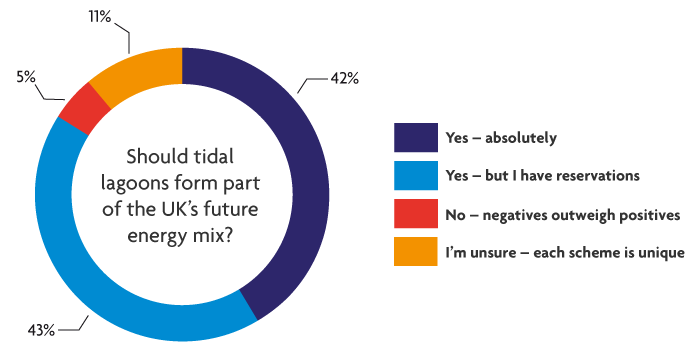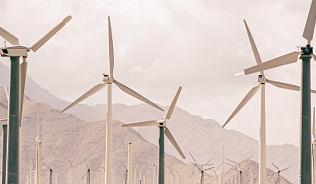Recently, a new form of energy production has gained traction with the public, various governments around the world, and in the media: tidal lagoons. Tidal lagoons generate electricity by harnessing energy from the natural rise and fall of the tides, holding a large volume of water behind a man-made structure, which is then released to drive turbines.
Tidal lagoons are, unlike other sources of sustainable energy production, almost entirely predictable, and as the UK is an island, there are plenty of potential locations for them to be installed. The proposed tidal lagoon in Swansea Bay, recently backed by the Government, would be the world's first tidal lagoon power plant.
However, questions surround their cost effectiveness, and many environmentalist are concerned about detrimental impacts they may have on the local natural environment. This has left some wondering whether introducing tidal lagoons to the UK's energy sources is in fact a good idea.
We asked IES website visitors whether tidal lagoons should form a part of the UK's future energy mix? In general, the response was positive, with the overwhelming majority of respondents voting 'yes'.

The complexity of the mix of benefits and impacts has left many people hesitant about fully endorsing this form of energy production, with 43% stating they would support tidal lagoons in the UK, but have some reservations, and a further 11% saying that they were unsure. Only 5% of respondents were against using tidal lagoons as part of the future energy mix of the UK, suggesting that amongst environmental scientists tidal lagoons are a popular part of the UK's future energy mix.



